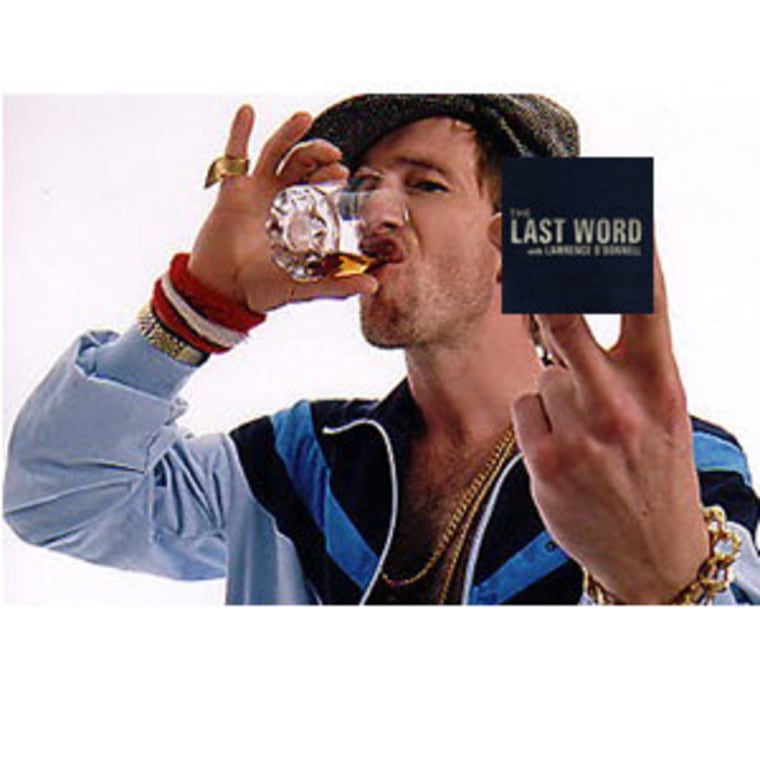Everyday around 3pm or so, The Last Word staff meets to discuss the editorial direction of our show. This is when we hash out the show's lineup and pitch story ideas to the team. These discussions sometimes lead to random discoveries — some relevant to the show, others that would make you the star player on any Trivial Pursuit team.
Today’s gem was the latter and might have been my all-time favorite. It all started with a conversation about Adele flipping the bird at last night’s Brit Awards. Just a few weeks ago, M.I.A. stole the headlines from Madonna (how dare she!) by giving the middle finger in the Super Bowl halftime show. Coincidence? Maybe. Given that these two artists are British, we began to wonder… is this a common British thing?
Yes and no. I mean, haven’t we all given a finger at some time or another? That’s not unique.
The extra special factor, as we learned from Rewrite producer/resident Anglophile Nick Ramsey, stems from the fact people in England often use two fingers instead of one. The two-fingered gesture, to be executed correctly, also requires the outside of the hand face out with your palm turned back toward your body. There's also movement to the gesture as one moves the hand up in the direction of the two pointing fingers.
This may date back to the 1400s, talk about old school.
We did a little digging on the Internets, and found this article which credits the two-fingered salute as a product of war in 1415:
The origin of the gesture derives from the appearance of the longbow towards the end of the thirteenth century. The longbow, which soon became the standard armament of English infantry, was a weapon of tremendous accuracy and power. An English archer was expected to be able to hit a person-sized target more than 200 yards distant. The power in the bow, derived from the 100 foot-pounds of pressure required to draw the bowstring, could penetrate the very expensive armour of a noble knight with ease. At Crecy in 1346 and at Poitiers, 10 years later, attacking French cavalry fell in large numbers before a hailstorm of English arrows. The French aristocracy was somewhat concerned at seeing the cream of their society laid low by this devastating weapon. In their next big battle they decided that drastic action was needed. It was at Agincourt in 1415 that the ‘two finger salute’ appeared. The French, with their superiority of numbers, expected an easy victory. They therefore felt it safe to proclaim that henceforth any captured English archers would have their index and middle fingers cut off. As these were the fingers required to draw back a bowstring, the archer’s career would be ruined and any prospects of future employment severely limited. Unfortunately for the French though, Agincourt was a decisive English victory. The English archers took a severe toll of the dismounted knights advancing to meet them and then, not relishing the prospect of being separated from their fingers, drew their swords to have a go at hacking the knights to death at close quarters. After the battle, and in future ones, English archers held up their two fingers and waved them at the French. It was a sign intended as an insult and a warning and as such was an effective gesture. It showed the French that the archer’s two fingers remained intact and he still remained a deadly adversary.
Who knew? For the record, Adele and M.I.A. each raised one digit — the American way — as opposed to the traditional English two.
